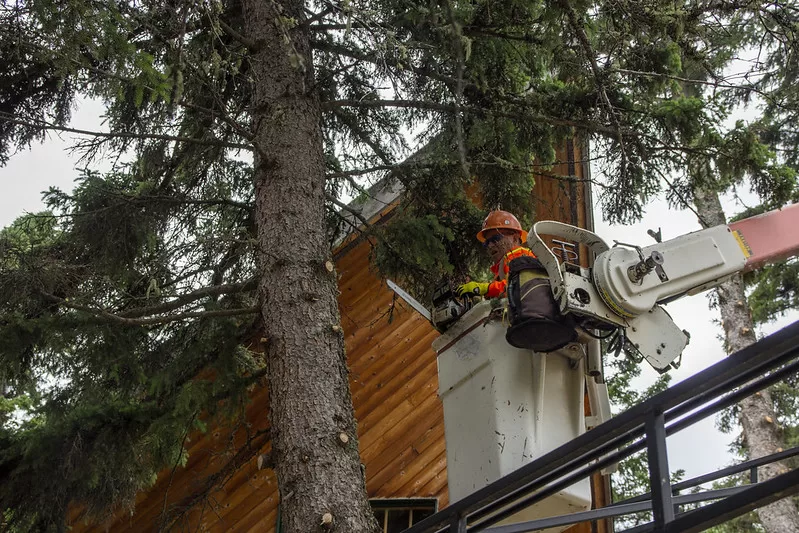Many of us have large trees prone to breakdown in calamities. That’s why Durham homeowners choose the tree removal process. But there are 6 Things Homeowners Should Know About the Tree Removal Process. Let’s know about them shortly.

You should check the rules in your area before cutting down trees on private property. Removing trees should be left to durham tree service once the necessary permits have been obtained.
The inherent hazard of cutting down trees is readily apparent. The employment of potentially lethal machinery and equipment is required. Cutting down trees is easier by first learning to use the appropriate equipment and taking all necessary safety precautions. There’s also a chance that you’ll mess up your property. Dangers to keep in mind when cutting down trees include:
The cost to remove your trees will vary based on their size, proximity to your home, and whether they are in the front or back of your property. Due to the inability to employ a cherry picker truck to hoist workers to the top of the tree, removing an enormous tree from your backyard is likely substantially higher than if the tree was in the front yard. The cost is between $200 and $2,000.
Read Also:
Obtaining permission to cut down a tree is another fact that often shocks those inquiring about such services. Tree removal regulations and tree ordinances may exist in your community.
The authorities will consider the tree’s size, trunk diameter, health, and any previous damage while deciding whether to issue permits. The first crucial step is to obtain a license, which should be done as soon as possible if the tree poses a safety risk.
There’s an incorrect belief that removing the tree is sufficient. As a result, some homeowners choose to leave the stump in place. The reasons why you should not leave the stump are,
Most of the time, a tree service company will provide you with an estimate, and some may even assist you in acquiring the necessary permits. Once they begin working, it is partially on them to guarantee they are in a secure setting and have access to the resources required to complete the task.
The business you hire may or may not include debris removal from your property. To that end, finding out what will happen to the leftover debris after cutting down a tree is essential. This will help you organize how to eliminate your garden’s dead leaves, branches, and trunks.
Fortunately, it’s simple to find a company that offers rubbish removal services and employs them to clean up after storms that result in tree damage on private property. However, it’s best to hire arborists who can also care for the cleanup for ease and savings.
While professionals will handle the tree removal, knowing what to expect will give you peace of mind and allow you to keep an eye on the work to ensure it’s done correctly.